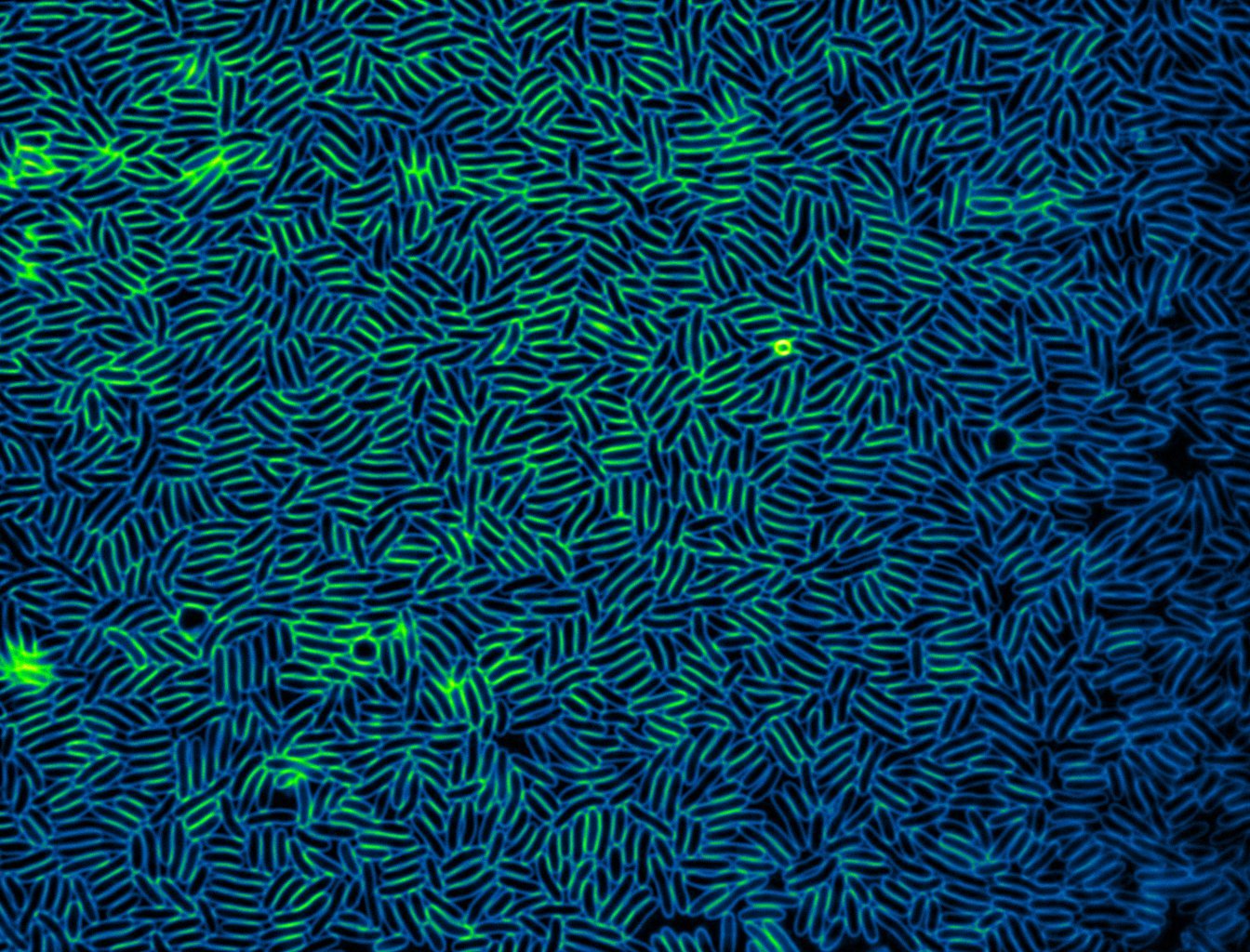
RESEARCH PROJECTS
CURRENT RESEARCH PROJECTS
The Type VI Secretion System in Vibrio fischeri
Across diverse animal hosts, microbes compete with each other for desirable colonization sites as they transition between environmental and host habitats, and the winner of these competitions can significantly impact host health.
Our long-term goal is to identify the genetic factors and regulatory pathways that modulate bacterial competition during habitat transition. Our lab uses the well-studied model symbiont, Vibrio fischeri. We previously showed that V. fischeri strains uses a type VI secretion system (T6SS), which is a contact-dependent killing mechanism, to eliminate competitors during initial colonization of its natural squid host.
PAST RESEARCH PROJECTS
Southern Ocean diatom-bacterial symbiosis
Single-celled photosynthetic organisms such as diatoms, along with their associated bacterial symbionts, are known to contribute significantly to carbon cycling in the worlds oceans.
By examining the symbiosis between the Southern Ocean diatom - Pseudo-nitzchia subcurvata and its associated bacterial symbionts - it is possible to use this relationship as a culture based model system to study species interactions and competition related to carbon and nutrient exchange. Thus showing some potential implications of the growth and survival of primary producers in future climate conditions.
Killing mechanisms among Roseobacters
Bacteria use diverse strategies to compete for limited space and resources in the environment including both diffusible and contact-dependent strategies. Although diffusible antimicrobials have been extensively studied in gram positive species that dominate soil microbial communities, little is known about the antimicrobial strategies used by bacteria that dominate marine habitats. For example, Roseobacters are a clade of alpha-proteobacteria that comprise up to 20% of coastal marine microbial communities, yet little work has been done to identify and characterize the competitive mechanisms they use to dominate this niche.
Using the model Roseobacter, Ruegeria pomeroyi DSS-3, our lab found that DSS-3 uses a diffusible antimicrobial that is capable of quickly eliminating competitors. This work furthers our understanding of how certain bacterial populations become a dominant population in marine communities.


